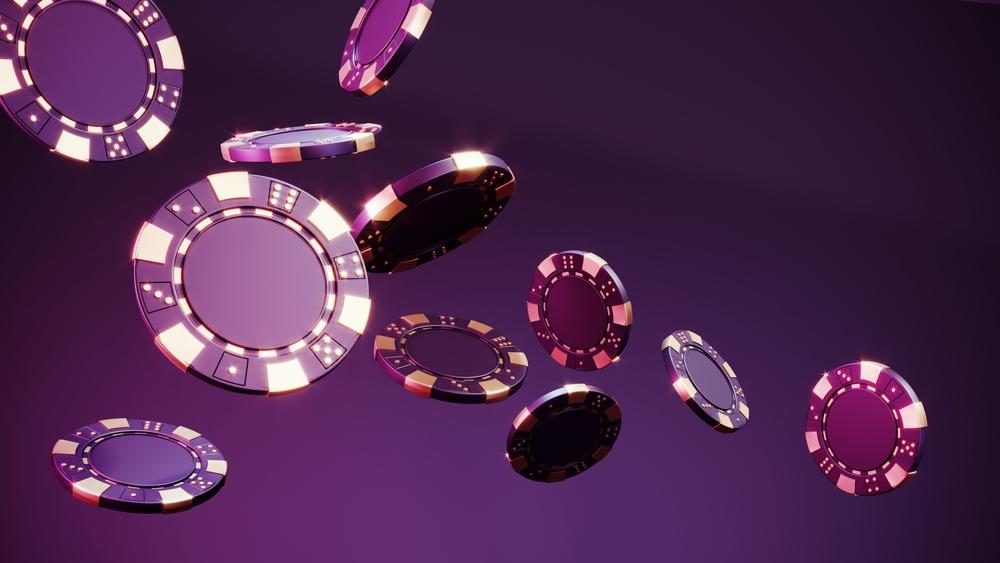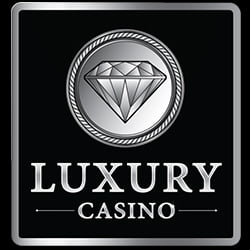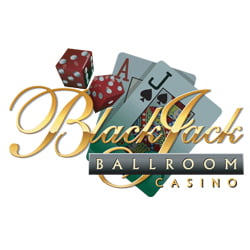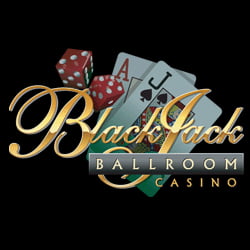
Casinos are a place of excitement, thrill, and risk. The design of these establishments plays a significant role in shaping player behavior and ultimately influencing their decisions. From the layout of the gaming floor to the colors and lighting used, every aspect of a casino is strategically designed to keep players engaged and coming back for more.
The Psychology of Casino Design
Have you ever noticed that casinos are typically devoid of natural light or clocks? This is no accident. By eliminating these cues, casinos create an environment where time seems to stand still, making it easy for players to lose track of how long they have been gambling. This lack of external stimuli also serves to keep players focused on the games at hand, increasing the likelihood that they will continue playing for longer periods of time.
Another common design feature in casinos is the use of bright, bold colors. Studies have shown that colors such as red and yellow can stimulate the brain and create a sense of excitement and urgency. In a casino setting, these colors are often used in areas where players are more likely to take risks, such as near slot machines and gaming tables. On the other hand, more subdued colors like blue and green are used in areas where players can relax and recharge, such as lounges and restaurants.
The layout of a casino is also carefully planned to encourage specific behaviors. For example, slot machines are often placed near the entrances and exits of a casino, as well as in high-traffic areas, to attract players and keep them engaged. Similarly, gaming tables are strategically positioned in central locations to encourage social interaction and create a sense of camaraderie among players.
The Sound of Winning
One of the most effective tools casinos use to influence player behavior is sound. The sounds of slot machines ringing and coins clinking create a sense of excitement and anticipation, making players feel like they are on the verge of a big win. In fact, studies have shown that the sounds of winning can trigger the release of dopamine in the brain, leading to feelings of pleasure and satisfaction.
Casinos also use music to create a certain atmosphere within their establishments. Upbeat, fast-paced music is often played near slot machines and gaming tables to keep players energized and motivated. On the other hand, softer, more relaxing music is used in areas where players can unwind and take a break from the action.
The Power of Rewards
Rewards are a powerful motivator in shaping player behavior. Casinos offer a variety of incentives, such as free drinks, meals, and hotel stays, to keep players coming back for more. These rewards create a sense of loyalty and encourage players to continue gambling, even when they are not winning.
Another common reward in casinos is the use of loyalty programs. These programs reward players for their continued patronage by offering points that can be redeemed for cash, prizes, or other perks. By fostering a sense of belonging and exclusivity, these programs encourage players to return to the casino time and time again.
The Future of Casino Design
As technology continues to advance, casinos are finding new ways to shape player behavior through design. Virtual reality and augmented reality are increasingly being used to create immersive gaming experiences that blur the line between the physical and digital worlds. These technologies have the potential to revolutionize the way players interact with casino games and could further enhance the overall entertainment value of casinos.
Ultimately, casino design plays a crucial role in shaping player behavior and influencing their decisions. By creating an environment that is engaging, exciting, and rewarding, casinos are able to keep players coming back for more. As the industry continues to evolve, it will be interesting to see how casinos leverage new technologies and design strategies to create even more compelling gaming experiences.






























